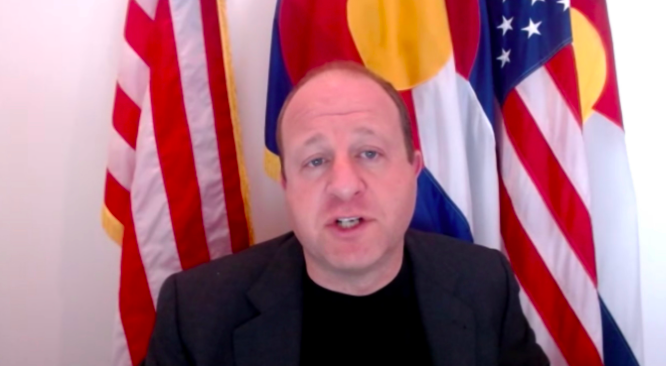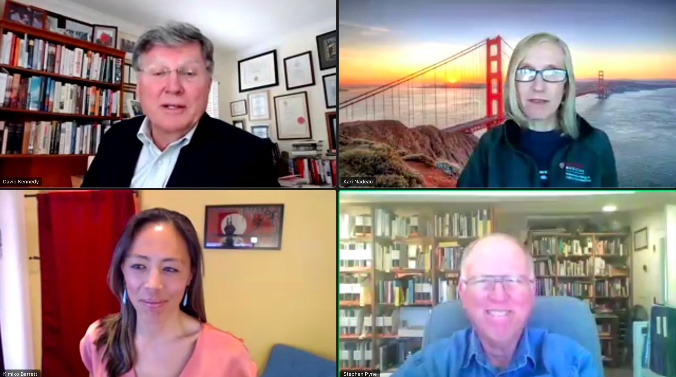The federal government must scale back direct involvement in containing fires in the west and instead distribute more resources and delegate greater responsibilities to wildfire battleground states’ local agencies, academics and government officials advised at a Tuesday event.
Local jurisdictions lack the tools necessary to combat wildfires, according to Washington State Commissioner of Public Lands Hilary Franz. In Washington, Franz said, Washington’s local firefighting agencies woefully under-staffed and under-equipped.
“We have skeleton crews on the ground, and in the air, I have only 11 helicopters to fight fires in every corner of the state,” she said. “Ten of these helicopters fought in the Vietnam War,”
Despite resource concerns, the experts were hesitant to turn to the federal government for intervention. In Washington State’s case, Franz explained that the federal government could offer little assistance for combating the state’s fires because nearly all of their resources were “already employed in our southern states of California and Oregon and Colorado.” In 2017, Washington found itself in such a dire situation that it had to request aid from Australia in combating those fires, Franz said.
Ultimately, the experts agreed that investments into and increased responsibility for local governments is the best path forward for containing wildfires. According to Franz, municipalities currently lack the necessary funding for such operations due to the limited tax base that rural communities offer. Local governments continue to expand housing into fire prone areas because “right now there’s not a lot of fiscal incentive for them to not approve property development in a high wildfire prone area,” Franz said.
Arizona State University environmental history professor emeritus Stephen Pyne also highlighted the importance of fixing local electric grids in order to reduce wildfires.
While the panel’s experts emphasized the importance of local initiatives, they stressed the necessity of a cohesive partnership between federal, state, interstate and local agencies in the fight against fire.
“Our state is almost half owned by the federal government, and most of the areas that tend to burn are the western part of our state owned by the federal government,” said Colorado Governor Jared Polis.

California Natural Resources Agency secretary Wade Crowfoot similarly affirmed the importance of multi-level government coordination. Current responsibility divisions are patchwork, Crowfoot said, and philosophies are disjointed, citing a “surreal circumstance” where he debated the science of forest fires with former president Donald Trump. Crowfoot believes that these coordination issues between federal and local governments can be catastrophic.
The only national measures the panel experts suggested were broad policies that would combat climate change and decrease the flammability of the atmosphere. Sean N. Parker Center for Allergy Research director Kari Nadeau suggested that the singular policy most effective in combating wildfires would be a dedicated nationwide trend away from fossil fuel-based energy and towards green-based energy.
Garnering public support for any of these programs may prove challenging, according to Franz. With regard to wildfire combative initiatives, many legislators ask “Why should my taxpayers pay?”, and they insist that fires are only a California problem, she said. Franz argued that this is a common misconception, since western wildfires spread particulates and smoke to states as far as Massachusetts, and the wildfires themselves expand year by year into territories previously thought immune.
“Wildfires are not just in the west anymore,” Nadeu said. “What we do here, what policies we make here will have an impact around the world because this is not just a west issue.”
This article has been updated to reflect that municipalities currently lack funding to contain wildfires on their own because of the limited tax base in the rural areas where these fires occur.
